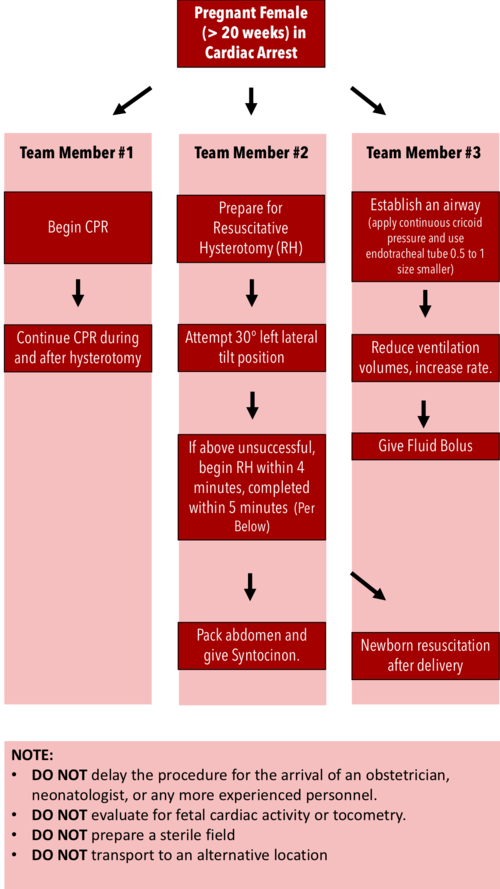Rhogam.
What is Rhogam?
an immunoglobulin which suppresses Anti-D antibody formation in an Rh- mother with possible Rh+ infant. Rhogam decreases the risk of antibody formation from ~12% to ~1%
We'll refer to the brand name (Rhogam) as its shorter to type than repetitively typing anti-D immunoglobulin
What are we trying to accomplish?
Prevention of maternal sensitization and Hemolytic Disease of the Fetus and Newborn (HDFN).
If an Rh- mother is exposed to fetal Rh D antigen she may develop antibodies which will cross the placenta in subsequent pregnancies attack fetal RBC's.
While there is a spectrum of HFDN, in its most severe case it can lead to hydrops fetalis and fetal death
What are the reccomendations regarding the administration of Rhogam?
They vary
ACEP:
administer 50mcg of Rhogam to all Rh- women experiencing first trimester loss of established pregnancy
level C recommendation to consider administering Rhogam in case of minor abdominal trauma
insufficient evidence to recommend for or against its use in treating threatened abortion or ectopic pregnancy
ACOG
All Rh- negative women receiving instrumentation for a miscarriage should receive Rhogam
Recommended for-
all cases of ectopic pregnancy
Rh- women experiencing antenatal hemorrhage after 20 weeks of gestation
Rh- women who experience abdominal trauma
Rh- women who experience fetal demise in the 2nd or 3rd trimester
Although the risk of alloimmunization is low, the consequence can be significant and administration of Rh D immune globulin should be considered in cases of spontaneous first-trimester miscarriage, especially those that are later in the first trimester.
Cochrane Review
Interesting conclusion:
“There are insufficient data available to evaluate the practice of anti-D administration in an unsensitised Rh-negative mother after spontaneous miscarriage. Thus, until high-quality evidence becomes available, the practice of anti-D Immunoglobulin prophylaxis after spontaneous miscarriage for preventing Rh alloimmunization cannot be generalized and should be based on the standard practice guidelines of each country.”
Contrast the American reccomendations with those of the NICE Guidelines (United Kingdom)
Do not offer Rhogam to women who receive solely medical management for an ectopic pregnancy or miscarriage, have a threatened miscarriage, have a complete miscarriage, or have a pregnancy of unknown location
Offer Rhogam to all Rh- women who have a surgical procedure to manage an ectopic pregnancy or miscarriage
Are there any risks of administering Rhogam?
Typically not.
Side effects include fever, headache, injection site pain, and RBC breakdown (minor)
There have also been cases of allergic reactions, AKI, and viral infection
RBC breakdown may be significant in those with ITP
What is the cost of Rhogam
~$200 for a treatment
In conclusion.
Recommendations vary
We currently are aggressive in how we administer Rhogam
However side effects are few and the cost is not prohibitively expensive
-Elly
See TamingtheSru.com for more

